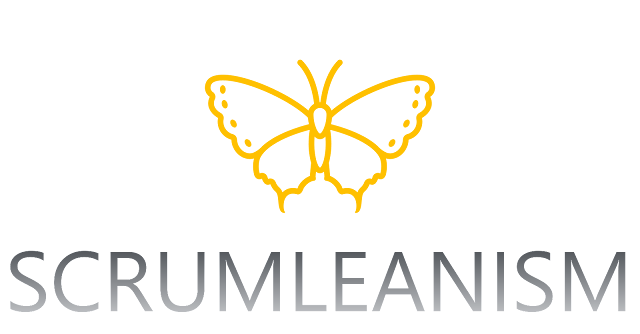ScrumLeanism: Is Scrum Lean?
Is Scrum Lean? How lean is Scrum? What's the degree of intersection between the Lean principles and the Scrum Framework? Let's take a look.
Identify Value
Lean: Specify value from the standpoint of the end customer. Value is what the customer is willing to pay for. Discover what the customer really needs.
Scrum: Scrum is a framework for delivering products and services of the highest possible value. A Product Backlog dynamically and continuously reflects the customer's identified needs. The Product Owner, who represents the customer, is responsible for prioritization of the Product Backlog items and maximizing the value.
Map the Value Stream
Lean: Identify all the activities that contribute to creation of value. Activities that do not add value to the end customer are considered waste. Eliminate waste. Eliminate those steps that do not create value. Ensure that customers are getting exactly what they need.
Scrum: Prescribed events are used in Scrum, ensuring an appropriate amount of time is spent without allowing waste in the process. Scrum Team members have a shared understanding of what it means for the work to be 'Done'. A Definition of Done (DoD) reflects all the activities that contribute to creation of deliverable value. DoD also makes identifying and avoiding non-value-adding activities easy.
Create Flow
Lean: Make the value-creating steps occur in the right sequence. Ensure that the steps flow smoothly with no interruptions, delays, or bottlenecks. Ensure that the product flows smoothly toward the customer. Level out the workload, create cross-functional departments and train employees to be multi-skilled and adaptive. Break down silo thinking.
Scrum: The individual Scrum team is highly flexible and adaptive. Sprints enable predictability by ensuring inspection and adaptation of progress toward a Sprint Goal. A 'Done' and potentially releasable product Increment is created in every Sprint. Scrum Teams are cross-functional with all the skills necessary to create a product Increment. The team model in Scrum is designed to optimize flexibility, creativity, and productivity. The essence of Scrum is a small team of people that collaborates. Accountability belongs to the Development Team as a whole. Goals, scope, and product domain are understood by everyone on the Scrum Team.
Establish Pull
Lean: Let customers pull value. Limit work in progress. Products are created at the time that they are needed. Deliver products as needed. Customer can 'pull' the product from you as needed, often in weeks, instead of months. Products don’t need to be built in advance.
Scrum: Prioritization of the Product Backlog items ensures that value gets delivered in the sequence required by the customer. Sprint Planning ensures that only appropriately prioritized items that can be completed within the Sprint are worked on. No work is started on any other item. A potentially releasable version of working product is available at the end of every Sprint, once in a month or less.
Pursue Perfection
Lean: Pursue continuous improvement. Make continuous improvement a part of the organization culture.
Scrum: Scrum helps in continuously improving the product, the team, and the working environment. The purpose of the Sprint Retrospective is also to create a plan for implementing improvements to the way the Scrum Team does its work. Although improvements may be implemented at any time, the Sprint Retrospective provides a formal opportunity. To ensure continuous improvement, the Sprint Backlog usually includes at least one high priority process improvement identified.



Comments
Post a Comment